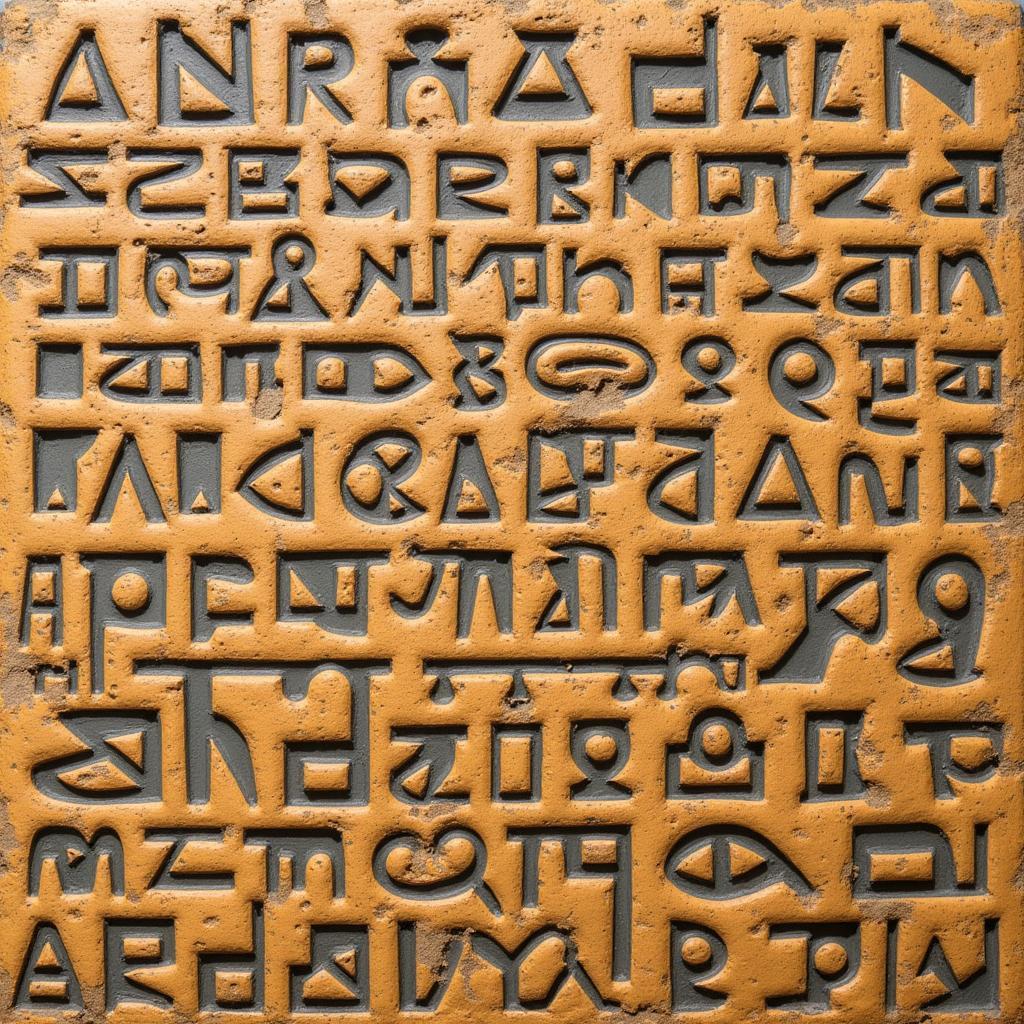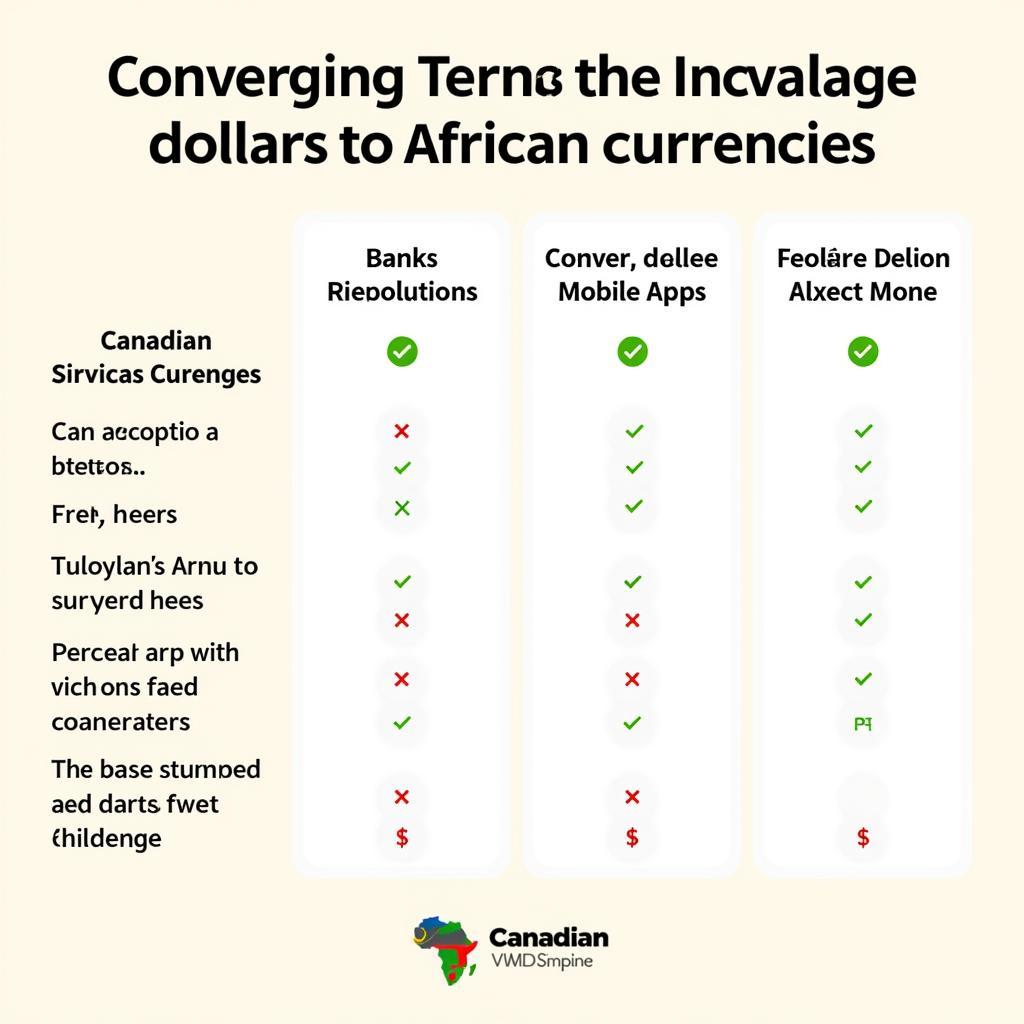African Countries with Their Own Alphabet
Africa is a continent of incredible linguistic diversity, with over 2,000 languages spoken across its 54 countries. While many African nations adopted Latin-based scripts during colonization, a few countries stand out for having developed and preserved their own unique alphabets. These writing systems reflect the rich cultural heritage and linguistic innovation found throughout the continent. Let’s explore some of the African Countries With Their Own Alphabet.
Ethiopia: A Legacy of Ge’ez Script
Ethiopia boasts a long and storied literary tradition, with its own alphabet dating back centuries. Known as Ge’ez, this ancient script is thought to have originated around the 5th century BCE and was initially used for liturgical purposes within the Ethiopian Orthodox Tewahedo Church. What sets Ge’ez apart is its syllabic nature, meaning each character represents a consonant-vowel combination rather than individual letters.
 Ethiopian Ge'ez Script
Ethiopian Ge'ez Script
This unique feature makes Ge’ez distinct from most alphabets found in Africa and around the world. Today, while Amharic serves as the official language of Ethiopia, Ge’ez remains in use for religious texts and continues to be studied as a symbol of Ethiopian cultural identity.
Liberia and the Vai Syllabary
In West Africa, the Vai people of Liberia have developed their own remarkable writing system known as the Vai syllabary. Emerging in the mid-19th century, the Vai syllabary is one of the few indigenous scripts in Africa to have been invented independently in recent centuries. With over 200 individual characters, the Vai syllabary reflects the tonal nature of the Vai language, with symbols representing not only syllables but also different tones.
Although not as widely used as the Latin alphabet in Liberia, the Vai syllabary has witnessed a resurgence in recent years with ongoing efforts to promote literacy and cultural preservation among the Vai people.
The N’Ko Alphabet: Unifying Mande Languages
Developed in 1949 by Solomana Kante, a Guinean scholar, the N’Ko alphabet stands as a testament to the power of language and identity. Kante created N’Ko with the aim of unifying the Mande people, a large ethnolinguistic group spread across West Africa, who shared related languages but lacked a common writing system. Since its inception, the N’Ko alphabet has gained significant traction, particularly in Guinea and neighboring countries such as Mali and Ivory Coast.
 N'Ko Alphabet in West Africa
N'Ko Alphabet in West Africa
Beyond its practical use for writing Mande languages like Maninka and Bambara, N’Ko has also fostered a sense of cultural pride and facilitated the production of literature, newspapers, and educational materials in indigenous languages.
Exploring the Diversity of African Scripts
These examples represent just a glimpse into the fascinating world of African alphabets. While the legacy of colonization and the dominance of major world languages have presented challenges to the preservation and promotion of indigenous writing systems, these alphabets serve as powerful reminders of Africa’s rich linguistic heritage.
To delve deeper into this topic, you can explore more about African countries beginning with e or perhaps discover the cultural tapestry of North African countries. For a broader understanding of the continent’s linguistic landscape, our African ABC offers a comprehensive overview.
By recognizing and celebrating these unique scripts, we gain a deeper appreciation for the diversity of African cultures and contribute to the preservation of these valuable linguistic traditions for generations to come.


